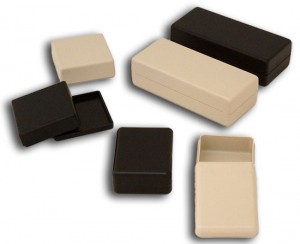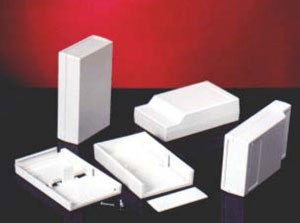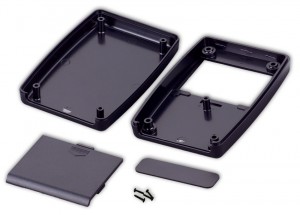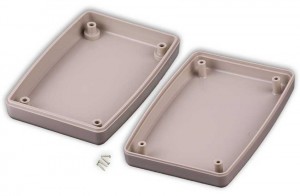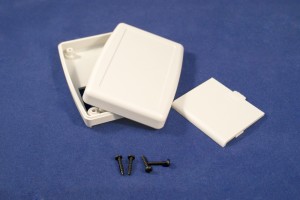Choosing the best enclosure to protect electronic devices can really be confusing and taxing for some. There is such a wide range of enclosures available that makes it more confusing for consumers. From plastic to metal, from cheap to expensive, and from light materials to heavy duty, one just can’t decide which the right fit is. Before you head out and buy yourself a plastic enclosure, it is best to answer these essential questions to learn what you truly need.
Where?
The first question to ask is where are you going to install your electronic device? Are you installing it outdoors or indoors? If you are installing your device indoors, then the best suited plastic enclosure for you maybe a polyester plastic or polyvinyl chloride (PVC) plastic. These plastic materials are best suited indoors because of its weak resistance to heat and direct sunlight. Both also have good moisture resistance which make it a better choice for indoor installation. Lastly, both are cheaper options that other plastic enclosures mixed with fiber glass and stainless steel enclosures.
If your answer to this question is outdoors, then you must choose a plastic enclosure that can withstand different elements of weather like rain, wind, snow, sun, and the like. The best plastic enclosure for outdoor use is the poly carbonate one. Aside from its reasonable price, plastic made from poly carbonate can withstand extreme heat and extreme cold temperatures. It also can survive an acidic environment, which means it can withstand rain.
There are also sub questions that you can ask yourself. For example if you are installing indoors, will it be mounted on the wall or on the ceiling? Or if you are installing outdoors, will it be installed on the roof or out on the garden? There are quite a number of available ready-made plastic enclosures for wall-mounted or roof-mounted devices; however there is also an option to have the plastic enclosure custom-made. The latter is of course more expensive than the former.
What?
The second question to ask is what is the function of your device? If your device is a meter, for example electric meters where frequent readings are done, then you need a transparent plastic enclosure or a plastic enclosure with a transparent lid. If the device is not a meter, then you can opt to get a fully opaque plastic enclosure. There are actually more choices with the fully opaque plastic enclosures. There are opaque enclosures that have shallow settings and some have deeper settings and both are available for indoor, wall-mounted devices. Again, if none of your desired plastic enclosure is readily available, you can have a custom-made one but expect it to be way more expensive that the ready-made ones.
How much?
The third question to ask is how much your budget is. People usually make their choices according to the budget available; however it is almost always proven that cheap does not really last and does not always do the job. This is the reason why this question is placed third on the list. Do not buy according to how much you can spend. You must know first the kind of quality you need. It is definitely cheaper to buy ready-made plastic enclosure as what has been mentioned previously. Plus, plastic enclosures are way cheaper than the old enclosures made from stainless steel or pure fiber glass. To give an idea, small plastic enclosures (0.5 inch x 1 in x 3 in) sold retail can be as cheap as $3.00 a piece.
Why?
The last question to ask is why buy plastic enclosures? There are a handful of reasons why consumers choose plastic enclosures and why experts also recommend it. The first and probably the most important for consumers is its cost. Plastic is cheaper than its competitors: metal, wood, fiber glass, stainless steel. Despite its cheaper costs, the new age plastic enclosures are durable and lightweight. Plastic enclosures can survive weather and time, plus it definitely does not rust unlike metal.
The second and probably the most important reason for the experts is its electrical resistance. This means that plastic is not a conductor of electricity which makes it safe for consumers. Aside from this, the new plastic enclosure does not spark electronic arcing which does not discharge current that can cause fire or ground.
Another reason is aesthetics. Since plastic is easily formed, it can have a variety of designs, shapes, and sizes. This gives the consumers a variety of options which can suit their budget and their taste.
In Closing
Now choosing the best plastic enclosure for your device is less confusing and more enjoyable. You can now head to your friendly neighbourhood hardware or go online and purchase the plastic enclosure that will fit your requirements and needs.


